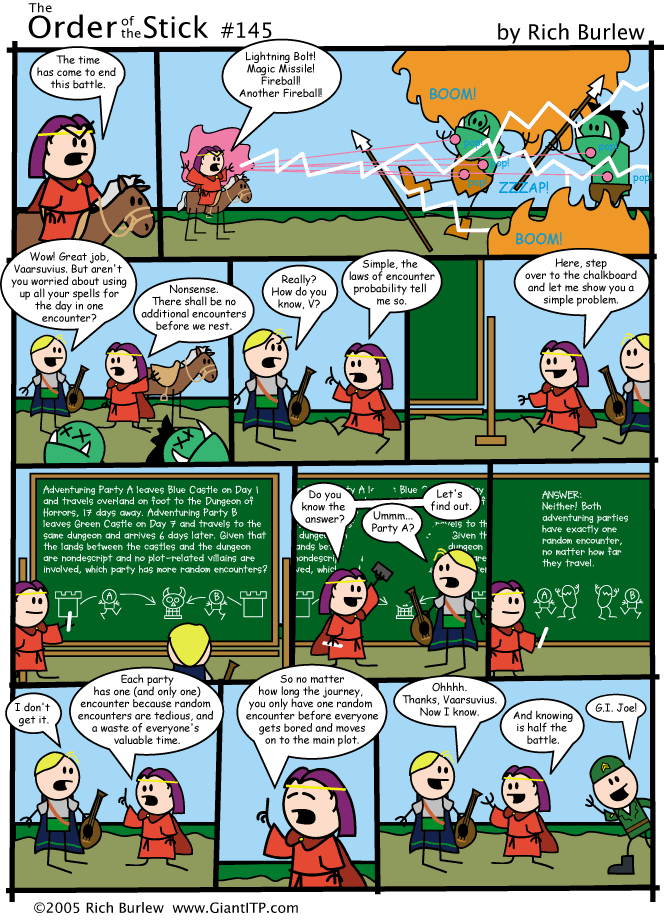Did your party ever try to go to bed after just waking up recently?
First of all, technically you don't need to go to sleep in order to have a long rest, you only need to spend 8 hours quietly (see PHB for details), and you cannot have more than one long rest every day (24 hours).
I think what you mean here is just the party stopping doing anything useful for the adventure and saying "let's come back here tomorrow". And of course that sucks from a narrative point of view.
Since I often need to be flexible when it comes to the amounts of encounters per in-game day I ran into a problem:
I generally stay well below 6-8 encounters per day, say when the party is solving a mystery, and on others days, when they are in a dungeon, the encounter frequency gets a lot higher.
This means that on the low encounter days, the long rest is resetting the party too often, making them too strong, while on encounter heavy days it's about right.
The way I have seen many DMs, including me, approach this issue, is to just increase the encounter difficulty for low encounter days. With the obvious problem of increasing the volatility of the fights, comes a way worse side effect, in my opinion. You are teaching your players to hit the long rest button after every second encounter or so. And that is a habit you really don't want to get into, since it significantly alters how the game feels and frankly was envisioned to be played, based on the assumptions in the DMG. If that doesn't bother you that is ok. It did bother me.
I see your point, and I don't think increasing the encounter difficulty for the sake of depleting the PCs resources quickly is a good idea.
I think it's actually a false assumption by some DM that the game
must deplete the PCs resources on every given day. An encounter doesn't become "easier" if it's the only encounter in a day. Eventually, it's the other way around i.e. it is the
latter encounters in the same day which may become harder if you're already down on resources, but that is not even granted... it depends on whether you need some
specific resources (typically spells) to properly handle such encounter, and you have few or none of those left. Simply having few HP left doesn't make it harder to beat the encounter, it only makes it more risky.
Anyway, in the majority of cases the players don't know when an encounter is going to be the last (or the only one) of the day. Maybe they are likely to know the opposite e.g. they just entered a dungeon and they expect it to be full of monsters, so their first encounter won't probably be the last. So it's easier for the players to know that today is a "hard day" than a "light day", meaning that they won't just discharge all their resources against a pair of wolves in the forest "because we're travelling so this is likely to be the only encounter". Given this, there is no reason to artificially increase the encounter difficulty every time on "light days", and doing so can indeed teach the players to start metagaming.
The solution I came up with was, to keep the short rests fairly short, so the party can use it after every encounter if they wish too, while a long rest is a 36h period which pretty much is a whole day off.
Sounds fine to me. With this approach, a single "hard day" works exactly like when using default long rests, while a series of 3-4 "light days" is treated mechanically as a single "hard day", with the exceptions of spells durations... did you alter some spells also? There might be only a few spells to worry about, for instance it might be important to consider modifying some spells that have a duration of 1 day into having a longer duration.
The only case where your approach causes some issues, is if you ever have an adventure that specifically features two (or more) consecutive "hard days".
Overall, I'd set the long rest based on the
worst case (i.e. "hardest day" you expect to feature in your campaign), and then think about whether short rests need changing or not.



